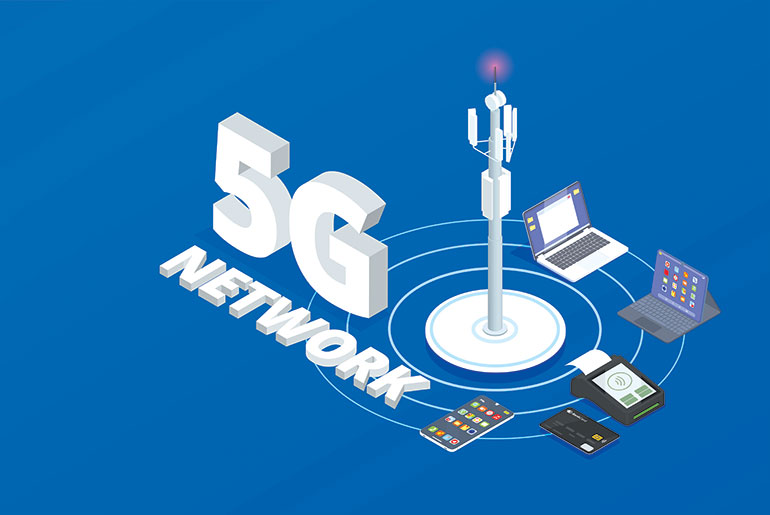How 5G technology redefines internet access

In an increasingly digital country, Filipinos have long been clamoring for reliable high-speed internet access not just in their homes but also on the go. Work, education, and even business utilize in one way or another stable internet connection. The way Filipinos connect to the internet has changed drastically over the past decade, and the advent of fifth-generation (5G) technology has made it all possible.
Ten years ago, neighboring Asian countries like Thailand had an average Internet speed of 7.4 megabytes per second (Mbps), and Malaysia with 4.3 Mbps. Meanwhile, according to the Asia Pacific Journal of Business Review, the Philippines averaged a measly internet speed of only 2.8 Mbps, placing the country at 104 among 160 countries. By 2021, the Philippines catapulted to 64th globally, with an average download speed of 71.85 Mbps, an upload speed of 70.32 Mbps, and a latency of 19 milliseconds.
In 2015, the Philippines was known to have “Asia’s Worst Internet Service” mainly due to slow adoption of new technology and over-reliance on 2G, 3G, and 4G-LTE connections. These earlier generations of mobile connectivity had significant limitations that hindered the country’s internet performance.
First commercially launched in 1991, 2G, which stands for second-generation mobile networks, was revolutionary at its time, introducing digital technology, enhancing voice quality, and replacing analog systems in mobile communications. However, the network only had a theoretical maximum speed of around 40 kilobytes per second at its peak.
Similarly, 3G, or the third generation of cellular network technology, brought about significant improvements by introducing mobile internet capabilities. Launched in Japan by NTT Docomo in 1998, the new network enabled users to share a band of frequencies, improved spectrum usage efficiency, and increased data rates to up to 2 Mbps.
Wireless standards then evolved and gave way to fourth generation (4G) long-term evolution (LTE). First introduced for commercial use in Norway in 2009, the innovation’s minimum internet speed of 12.5 Mbps is already significantly higher than its predecessor. Additionally, it’s the first network with the capability to allow its users to stream both video and audio files, talk to others without experiencing lag or jitter, and play mobile games due to improved network capacity.
Finally, in 2019, South Korea became the first country to offer 5G commercially, giving its mobile users rates of up to three gigabytes per second along with lower latency and better bandwidth. Today, 5G is an essential requirement for mass Internet of Things (IoT) deployments, particularly in the development of smart cities and across various industries, due to its ability to handle the sheer volume of data traffic and device connections that smart cities and industrial sectors demand with high reliability.
The technology arrived in the Philippines not long after. Globe Telecom first introduced 5G technology for Fixed Wireless Access (FWA) in select towns in June 2019. Smart Communications then followed suit in July 2020, targeting post-paid subscribers in Metro Manila who had 5G-eligible smartphones.
The introduction of the technology resulted in a massive boost to internet connections for Filipinos. Based on data from Ookla, fixed broadband download speeds nearly tripled from 23.46 Mbps in June 2020 to 66.86 Mbps in June 2021, consequently pushing the Philippines 47 spots from 109th to 62nd in the world in terms of internet speed.
It can be argued that several factors, such as better cyberinfrastructures built around the country, and the COVID-19 pandemic, which drove the demand for quicker networks in 2020, may have played key roles in boosting internet speed in the country back then.
Ultimately, the adoption of 5G technology made a significant and lasting impact in bringing the Philippines up to average global standards in internet speed and connectivity. While challenges remain, particularly in ensuring nationwide coverage and widespread adoption of 5G-capable devices, the future of internet access in the Philippines looks brighter than ever due to a transformative technology that has set new benchmarks for mobile internet performance in the country. — Jomarc Angelo M. Corpuz



